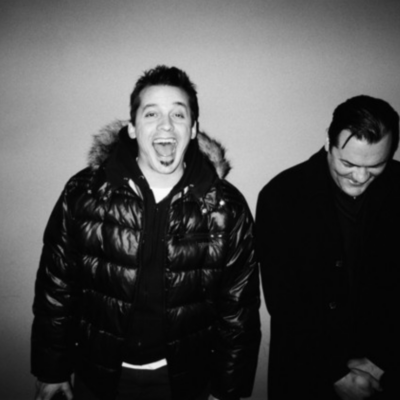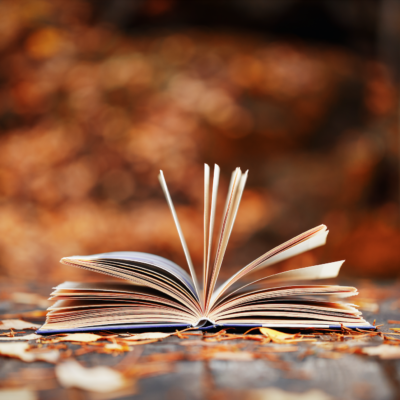“I hear a lot of people say they bought one and reach for it every day, bypassing all of the others on the shelf.” This is how professional potter Kary Haun describes one of the proudest achievements in her work, her signature cup. “I have cups like that in my cupboard,” she said. “Some are mine, many are from other artists. So I know how that feels. There is just a little bit of extra happy in the day when coffee or tea is in that piece that you love. My cup brings me joy in that I know it feels good to hold.”
This celebration of form and functionality runs throughout Haun’s creative work. Working primarily with porcelain, she creates functional pottery for people to use in day-to-day life. The result? People build lasting relationships with her work as they use it time and time again.
Most people I know have that favorite mug that outlasts relationships and holds more memories than a journal. Sometimes it’s just the result of circumstance: one piece in a dinnerware set that had better luck surviving a move and the routine abuse of the dishwasher. Other times, it’s an object with an emotional center: a piece from your grandmother’s china set or a handmade piece by an artist who works with the sincerity of love. “At my house, we describe the act of slicing a sandwich in half before they go into the lunchbox as ‘adding a little extra love,’” she explained. “It’s unnecessary—the sandwich tastes the same—but it’s a gesture of caring. I feel like everyone should have the ability to elevate everyday life experiences to something a little bit more.”
Whether working on a teapot, coffee brewpot, cup, platter, or mug, Haun imbues her work with this care and personal touch. Each piece is shaped on the pottery wheel, the clay stretching and smoothing under her fingertips and palms. There is a rhythm and pressure that goes into making the concave curve of the cup that fits in your hand just so. It sounds like painstaking work but there’s a muscle memory to it and a love for her craft that keeps Haun’s art from becoming a chore. “It takes about three or four pieces before my hands remember the dance, then the shape just kind of magically finds its way to being what its supposed to be and the rest of the pieces I make in that sitting become identical,” said Haun. This magic and repetition are part of what it means to be a professional potter.
Haun first became enamored with ceramics after experiencing the camaraderie of kiln firings while earning her BFA at East Carolina University. Back in those days, she thought she’d be a painter, but soon changed course to learn the pottery trade.
“I had a great opportunity during some summers and after college to work for a potter,” she said. “I got a lot of great experience in production. I made 50 salt shakers a day. If I finished early, I could make and fire a few of my own things.” Though she no longer makes salt shakers, this experience gave Haun the freedom, space, and resources to begin forming her own aesthetic and style. After college, she continued developing her craft while also working as a public school teacher and arts educator.
Now, Haun’s home and studio are in Woodstock, Virginia, where her husband grew up. She decided to focus entirely on pottery when she and her family moved to the area, allowing her more time to focus on her craft as well as her children. Though she still paints the occasional portrait—and has recently taken up the art of chainsaw carving—Haun’s true artistic calling will always be on the pottery wheel.
On Tuesday, September 16 at noon, Haun will give a public talk about her work at Ash Lawn-Highland as part of their new Shop Talk lecture series. An outgrowth of a partnership between Ash Lawn-Highland and the Artisans Center of Virginia (ACV), the Shop Talk series invites the community to learn more about traditional trades and craftspeople from the local area. In addition to making presentations for Shop Talk, juried ACV members—including Haun—display and sell their work in the Ash Lawn- Highland Museum Shop.
For those interested in learning more about trades and craftspeople like those featured in the Shop Talk series, the Virginia Foundation for the Humanities’ Virginia Folklife Program is another local resource on these topics. Ranging from roots music and quilting to oyster shucking and salt-making, this program preserves traditions and skills like those found in The Foxfire Books. Each year, a group of aspiring craftspeople also have the opportunity to work with expert artisans like Kary Haun as part of the Folklife Program’s Apprentice Program. This apprenticeship program encourages the statewide community to learn about, experience, and appreciate traditional crafts and folk traditions through the master-apprentice relationships of individuals across the state. To find out more about the Virginia Folklife Program and their upcoming annual Virginia Folklife Apprenticeship Showcase on September 21st, visit virginia folklife.org.
Which art and craft traditions do you find interesting? Tell us about it in the comments section below.





